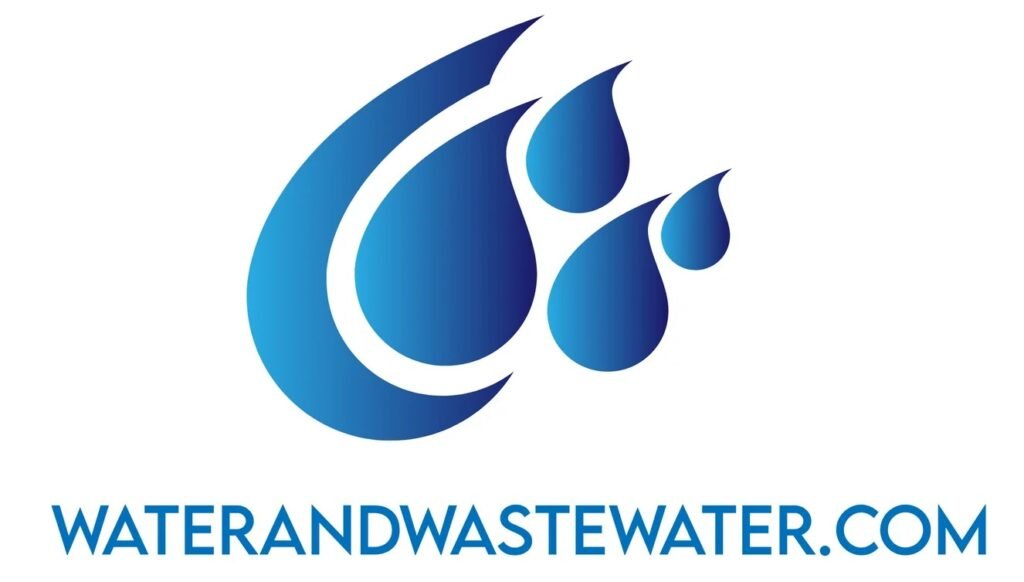
Tag: challenge
How Is Stormwater Treated? Stormwater pollution is a major environmental challenge today, with implications for both natural ecosystems and human health. As urban areas continue to expand, the volume of stormwater runoff increases, leading to greater levels of pollutants entering water bodies. The effective treatment of stormwater is crucial for maintaining water quality, mitigating flooding, […]
Toledo Bay View Park Wastewater Treatment Plant and Sewers: An Essential Infrastructure for a Growing City Introduction Toledo, Ohio, a city known for its robust history and vibrant community, stands upon a foundation of critical infrastructure that ensures the wellbeing and sustainability of its population. Among the essential components of this infrastructure is […]
Title: Crystal Clear Sensing: A Comprehensive Insight into Liquid Crystal-Based Sensors for Water Contaminants Abstract: Water contamination poses a significant threat to public health and ecosystems. Conventional detection methods like chromatography and spectrometry, though effective, are often time-consuming and expensive. Liquid Crystal-Based Sensors (LCBS) offer a promising alternative due to their sensitivity, cost-effectiveness, […]
How Is Freshwater Treatment Similar To Wastewater Treatment? Water — an essentially abundant yet critically vital resource — dictates life on Earth. While 71% of the Earth’s surface is enveloped by water, a staggering 97% resides in oceans as saltwater, leaving a mere 3% as freshwater. Out of this 3%, only a small fraction […]
How Is Desalination Different From Water Reclamation? In a world increasingly concerned with sustainability and the environment, addressing the issue of dwindling fresh water supplies has become a critical concern for civilizations worldwide. Two important technologies—desalination and water reclamation—provide potential solutions to augment our freshwater resources. However, these methodologies are distinct in their origins, […]
How Can Magnets Be Used for the Treatment of Wastewater Introduction With the ever-growing population and industrial development, the management of wastewater has become an essential yet challenging environmental imperative. Traditional wastewater treatment methods often involve multiple stages such as physical separation, chemical treatments, and biological processes to remove contaminants. However, advancements in […]
Interfacial Polymerization for Membrane Synthesis: A Comprehensive Guide Introduction Interfacial polymerization (IP) is a critical procedure in advanced materials science, particularly in the synthesis of membranes engineered for a variety of applications such as water purification, gas separation, and biomedical technologies. This unique method involves polymer formation at the interface between two immiscible […]
How Are Liquid Wastes Handled in a Water Treatment Facility? Water treatment facilities play a pivotal role in ensuring that the water released into our environment is safe, clean, and non-toxic. Handling liquid wastes is a critical component of this process. The complexities involved in treating wastewater—ranging from domestic sewage to industrial effluents—necessitate a multi-stage […]
Situated in the heart of Michigan, the Grand Rapids Wastewater Treatment Plant (GRWWTP) is a cornerstone of the community’s environmental framework. Serving a substantial population, the plant not only manages wastewater but also plays a crucial role in protecting regional water quality and public health. In this detailed article, we will delve into various facets […]
Houston Wastewater Treatment Plant: An Engineering Marvel Ensuring Sustainable Growth Introduction Located in the heart of Texas, Houston is one of the fastest-growing cities in the United States, with a population that exceeds 2.3 million people. As urbanization accelerates, the challenges associated with managing wastewater increase significantly. The Houston Wastewater Treatment Plants (HWTP) […]